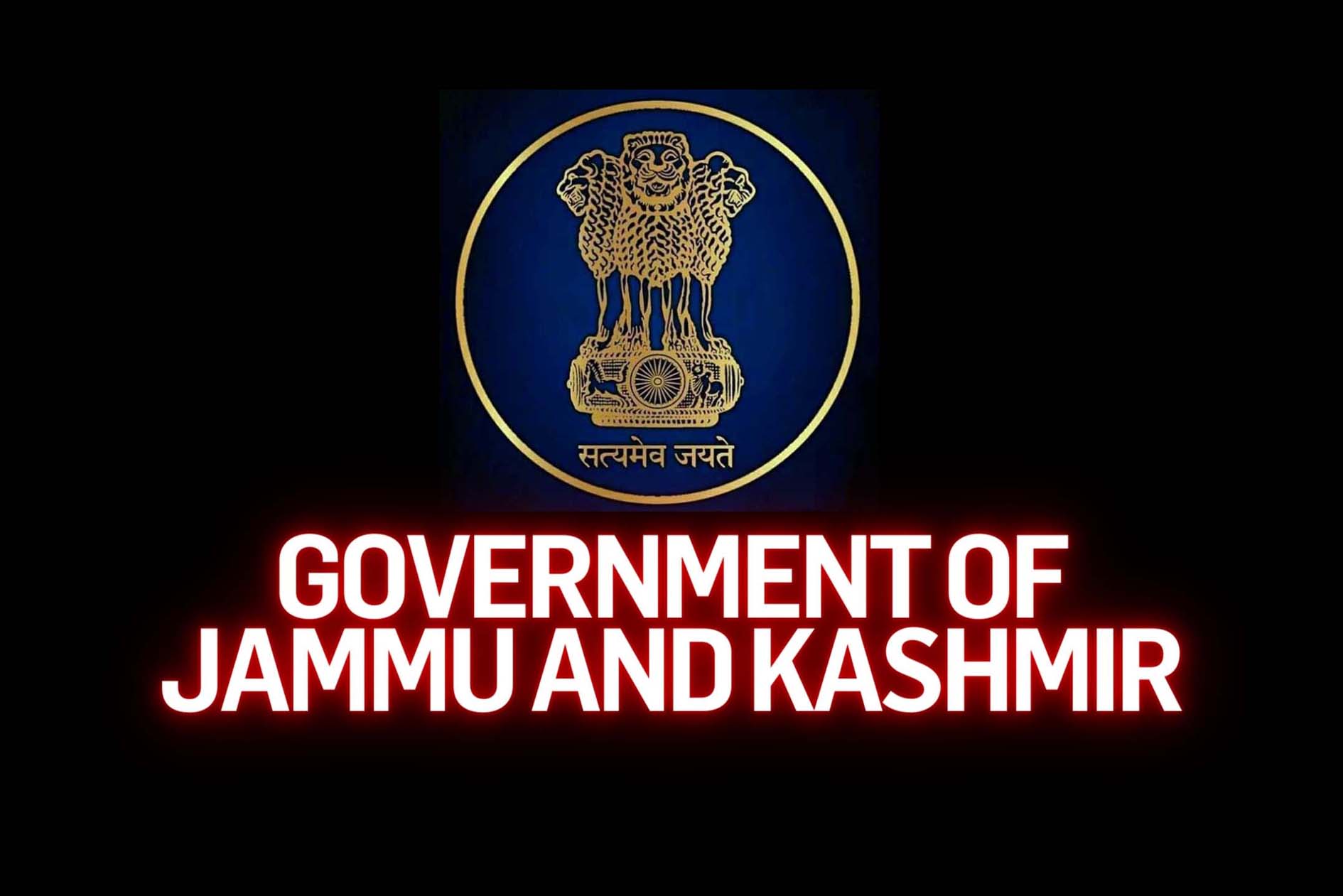The entire process will be documented on video for transparency purposes.
*Teams have been formed to facilitate the handover and takeover.
Mohinder Verma
JAMMU, Feb 22: At last, the Government of the Union Territory of Jammu and Kashmir has initiated a crucial endeavor to create an inventory of Toshkhana’s items and manage their handover and takeover in both Jammu and Srinagar.
Follow the Daily Excelsior channel on WhatsApp
The Administrative Council, through Decision No.115/9/2022 dated August 13, 2022, approved the proposal to dissolve the Toshkhana Organization. Consequently, the Hospitality and Protocol Department issued Government Order No.11-JK (H&P) on August 30, 2022, formally approving the closure of the J&K Toshkhana Organization.
The order specified that the sanctioned positions, incumbent staff, and all records and movable/immovable assets of the Toshkhana Organization in Jammu and Srinagar will be transferred to the Department of Culture for managing the valuable artifacts and other items once belonging to the erstwhile rulers of Jammu and Kashmir via the Department of Archives, Archaeology and Museums.
Although the manpower of the Organization was officially transferred to the Department of Culture soon after the Administrative Council’s decision, the process of handing over and taking over a large collection of historical assets—including gold and silver ornaments and armory housed in Toshkhana stores, including one at the Civil Secretariat in Jammu—was delayed for various reasons.
This issue was specifically highlighted by EXCELSIOR in its November 11, 2024 edition, emphasizing the urgent need for creating an inventory of items and their formal handover to the Department of Archives, Archaeology and Museums following museum standards.
Now, the Commissioner/ Secretary to the Government, Department of Culture, K Ramesh Kumar has issued an order establishing teams for both Jammu and Kashmir divisions to assist the Director of Archives, Archaeology and Museums in overseeing the inventory process and handover/takeover of Toshkhana items in their respective areas.
The Jammu Division team includes the Assistant Director, Archives, Archaeology and Museums Jammu, Curator of the Dogra Art Museum Jammu, and the Statistical Officer (Planning) of the Department of Archives, Archaeology and Museums Jammu.
In the Kashmir Division, the team consists of the Assistant Director, Archives, Archaeology and Museums Kashmir, Curator of the SPS Museum Srinagar, and a Section Officer from the Department of Archives, Archaeology and Museums Srinagar.
These teams will be present on-site during the inventory process and will maintain a copy of the inventory, along with photographs of each item and video documentation of the inventory proceedings.
In addition to assisting the Director of Archives, Archaeology and Museums with the handover and takeover of Toshkhana items, the teams will ensure the sealing and de-sealing of Toshkhana stores in the presence of Magistrates, under video recording, while maintaining custody of keys and access codes to locks and lockers (if available).
“The teams will also advise on the safety and security of Toshkhana items and stores, in coordination with Magistrates, Police, Treasury, and the Department of Fire and Emergency Services,” stated the order, a copy of which is in possession of EXCELSIOR.
Furthermore, until a transfer mechanism for Toshkhana items to new storage sites is established, and the locations for storing these items are identified and officially announced, the teams will ensure that the artifacts remain in their current locations. The keys to these sites will be held by the Assistant Directors of the Department of Archives, Archaeology and Museums, with alternate keys deposited in the Treasury jointly by the team, and one set of keys to be provided to the concerned District Magistrate and the Director of Archives, Archaeology and Museums.
It is important to note that Toshkhana assets encompass historically significant artifacts, precious metals, and antiques of great cultural value. The meticulous inventory and transfer of such items necessitate diligent documentation and collaboration among multiple agencies. Given the historical and irreplaceable nature of these items, accurate and secure accounting of each piece is vital.


Leave a Reply